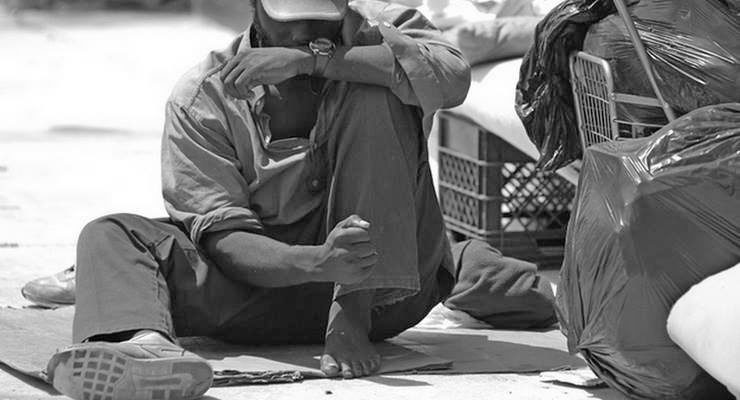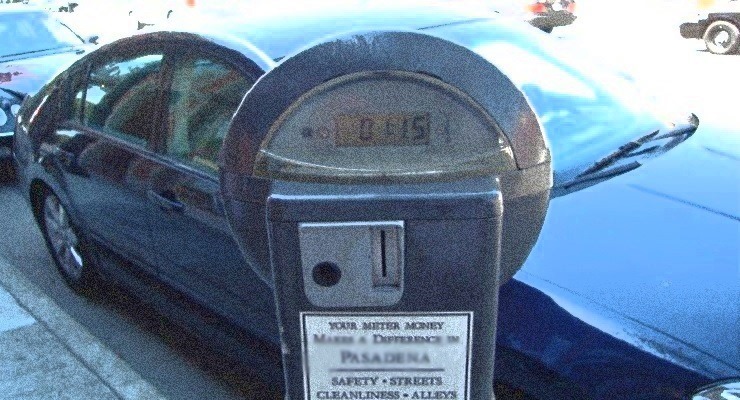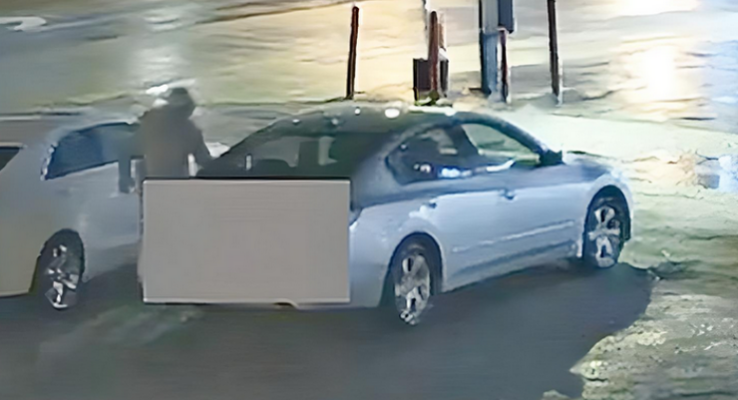
The Los Angeles County Board of Supervisors Tuesday approved $527.1 million in funding for strategies to battle homelessness in fiscal year 2021-22, while expressing frustration over the rising numbers of people living on the street.
Despite the massive inflow of cash from Measure H and dozens of carefully crafted initiatives that make up the county’s Homeless Initiative, visible encampments continue to grow and the situation on the street remains dire.
Supervisor Kathryn Barger highlighted one sobering statistic, noting that 739 homeless people died in Los Angeles County in the first six months of 2021.
That number, generated in response to Public Record Act requests from a KNX Newsradio reporter, amounts to a 20% increase over 2020 deaths.
“This is a life-or-death situation, and it should encourage us to act with urgency and a new sense of direction,” Barger said.
Efforts to count the homeless have been stymied by the pandemic and lockdown orders, but residents are growing increasingly vocal about massive encampments encroaching on public spaces countywide.
Supervisor Janice Hahn said she was worried about residents and other jurisdictions losing patience.
“I am particularly concerned that more and more cities are moving to enforce their anti-camping laws, and there are more calls to criminalize our homeless,” Hahn told her colleagues.
“We have an L.A. City Council member that’s trying to withdraw the whole city from the joint powers agreement of (the Los Angeles Homeless Services Authority). Judge (David) Carter is questioning our response to Skid Row. Our own sheriff is threatening to clear encampments,” she said. “The longer we take to solve this problem humanely and compassionately, the more likely people are to … turn to inhumane strategies.”
Supervisor Holly Mitchell had offered a motion seeking to establish a group of Los Angeles city and county officials to rethink the structure of the Los Angeles Homeless Services Authority, which manages funding for nearly 100 service providers countywide.
Though the board agreed more than a year ago to look at how LAHSA might be more effectively structured and a motion similar to Mitchell’s was proposed to the Los Angeles City Council by Councilman Mark Ridley-Thomas, Mitchell failed to garner the support of her colleagues.
Barger, Hahn and Supervisor Hilda Solis abstained from the vote, with Supervisor Sheila Kuehl, Mitchell’s co-author, providing the only other vote in favor.
Barger said the proposal did not go far enough and called for a complete overhaul.
“I believe (LAHSA) is broken, and I believe we need to seriously reconsider the structure of this agency,” Barger said, “Putting a Band-Aid on something that needs major surgery is a disservice.”
Barger said input from all 88 cities in Los Angeles County and the local Councils of Government was necessary to make a real difference, though Mitchell’s proposal did call for a mechanism to engage the COGs.
Kuehl pushed back against the idea that the increase in homelessness is LAHSA’s fault and said more focus should be placed on what she sees as the root cause of new homelessness — a lack of affordable housing.
Since Measure H revenue became available in July 2017, the county’s homeless services system has placed nearly 67,000 people in permanent housing and nearly 90,000 people in interim housing, though there is some double- counting of people who move from interim to permanent housing.
Project Roomkey and Project Homekey, which placed unhoused individuals in hotel rooms with supportive services, showed the county’s ability to move at speed.
However, the board’s discussion highlighted a high level of frustration as the county rolls out program after program, builds interim housing and creates new supportive services capacity without being able to stem the tide of homelessness.
An average of 207 people exit homelessness every day in Los Angeles County, but 227 more people fall into homelessness during the same period, according to numbers tracked by the Homeless Initiative.
“Every year, over the last four years, we have dramatically scaled up the housing and services necessary to re-house those who are experiencing homelessness, and to end the inflow into homelessness caused by skyrocketing rents and evictions,” Kuehl said. “This crisis was decades in the making, and every year we are committed to making more progress in building the system that will solve it.”
Highlights of the nearly half-billion dollars in spending approved include:
- $150 million for 5,441 interim housing beds, including emergency shelter beds as well as various types of bridge housing with services geared toward specific needs;
- $132 million for permanent supportive housing, which lifts people out of chronic homelessness and provides them with a rental subsidy and intensive case management services;
- $89 million for rapid rehousing, which enables clients to quickly exit homelessness by helping them pay rent and provides them with supportive services for a limited period;
- $39 million for street outreach teams that aim to connect people living on the street with housing, healthcare, mental health treatment and other supportive services; and
- $23 million for homeless prevention services, like rent subsidies, to help rent-burdened, low-income families and individuals resolve crises that would otherwise cause them to lose their housing.
A new program designed to rapidly increase affordable housing incentivizes owners of multifamily buildings to rent out their entire properties to people experiencing homelessness and provides property management services.
The California Housing Partnership reports that by the end of 2020, L.A. County and local partner jurisdictions had helped developers and service providers leverage state and federal resources to create more than 120,000 affordable homes, a 4% increase from 2019 inventory levels. Yet the same report concluded that the county needs to add approximately 499,430 affordable homes to meet the current demand among renter households at or below 50% of the area median income.
“Homelessness is a deeply rooted and complex societal problem that was decades in the making and cannot be fixed overnight, but Los Angeles County is pulling out all the stops to alleviate the crisis on our streets,” said Cheri Todoroff, interim executive director of the Homeless Initiative.
Hahn said she wanted to see a detailed reevaluation of what’s working and what isn’t. That analysis, already in the works, is likely to come before the board in November, according to Todoroff.
More than 85% of the money to fight homelessness comes from Measure H, a quarter-cent sales tax approved by voters in 2017, and is supplemented by federal stimulus dollars and state grants, among other sources.
Todoroff said making sure current dollars are being used effectively is critical, but said the county would need additional support from the federal and state government to effectively meet the challenges posed by homelessness in L.A. County.














 0 comments
0 comments


